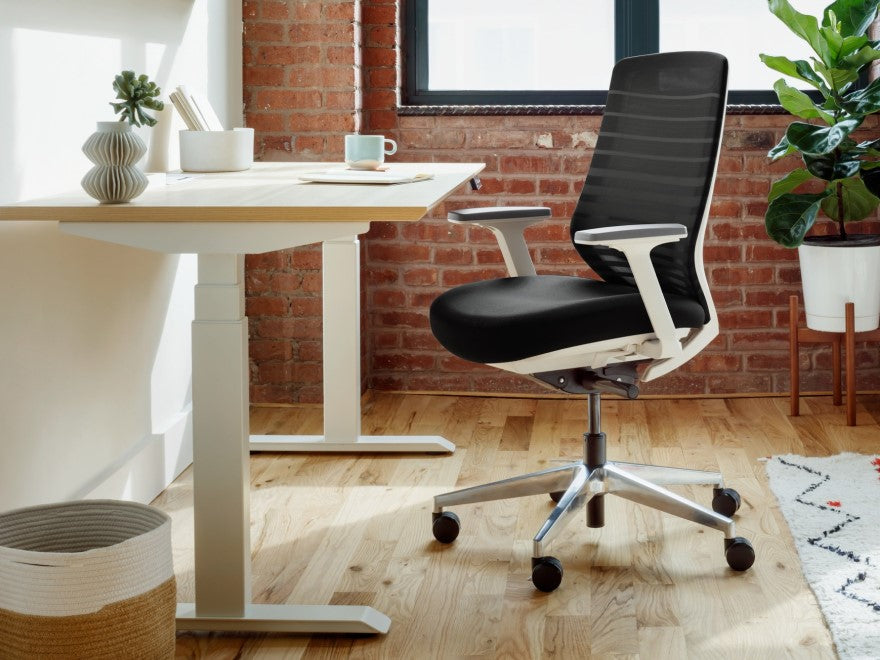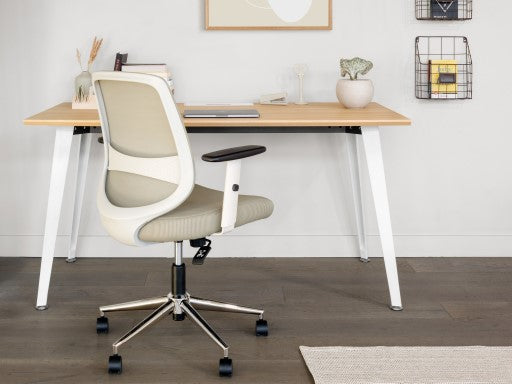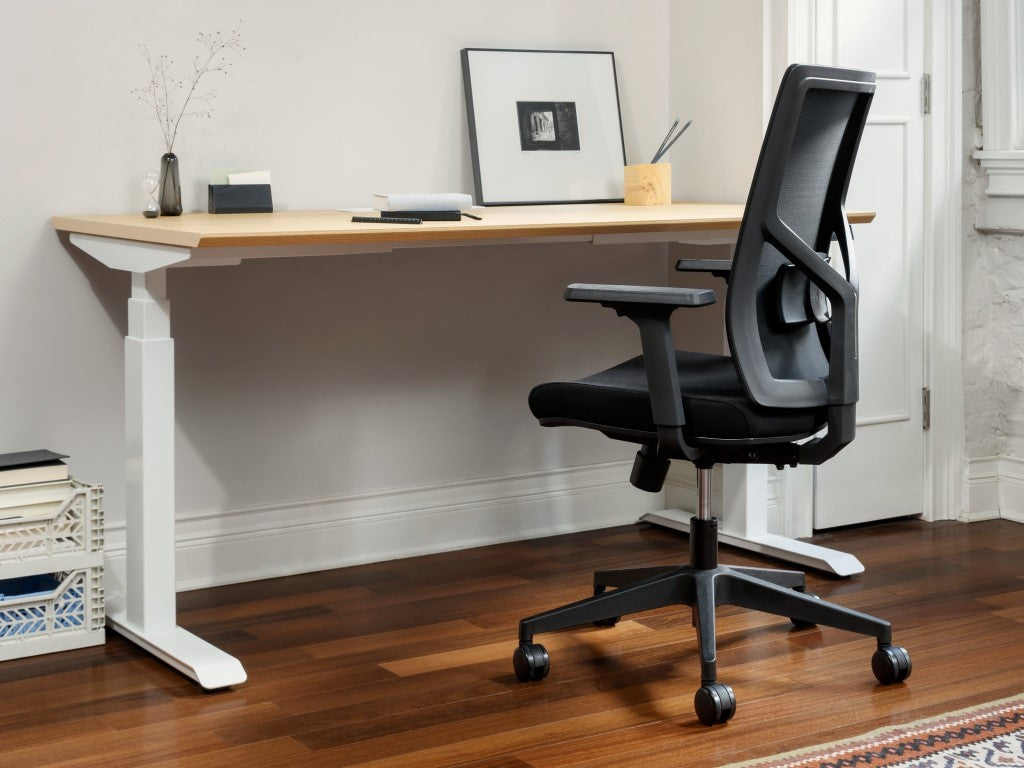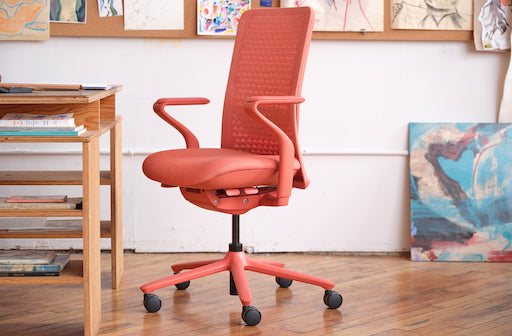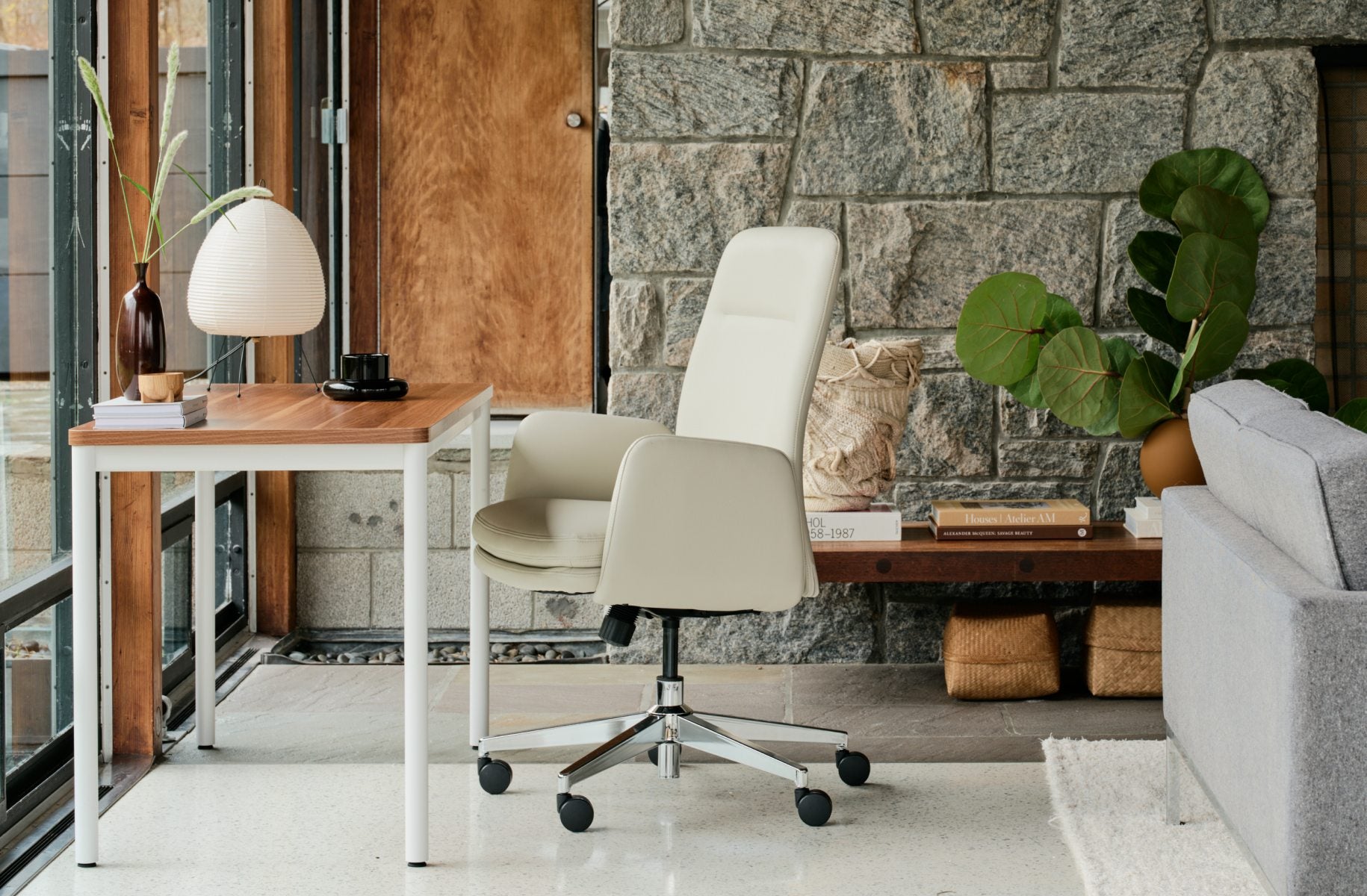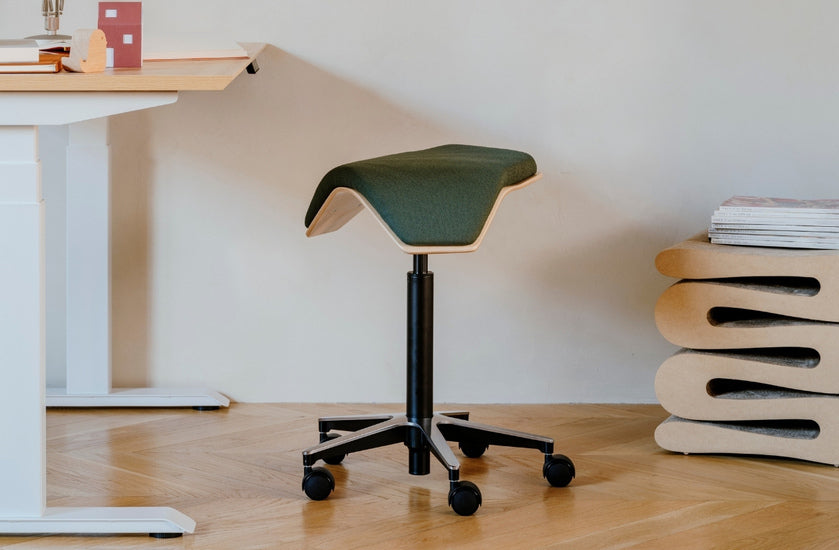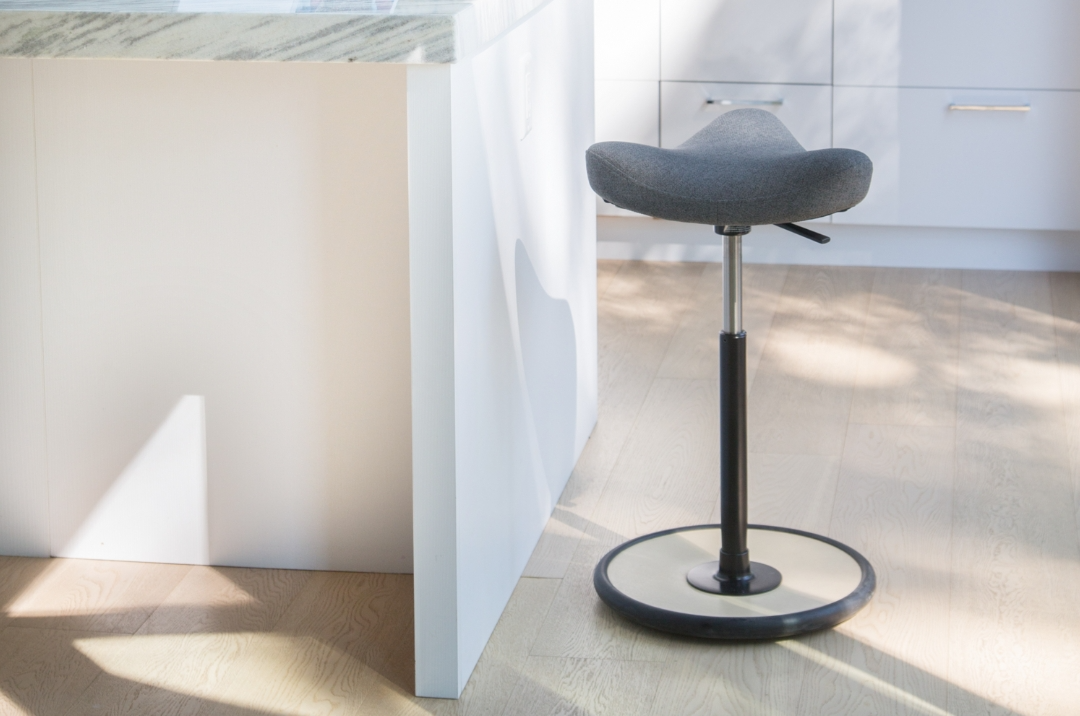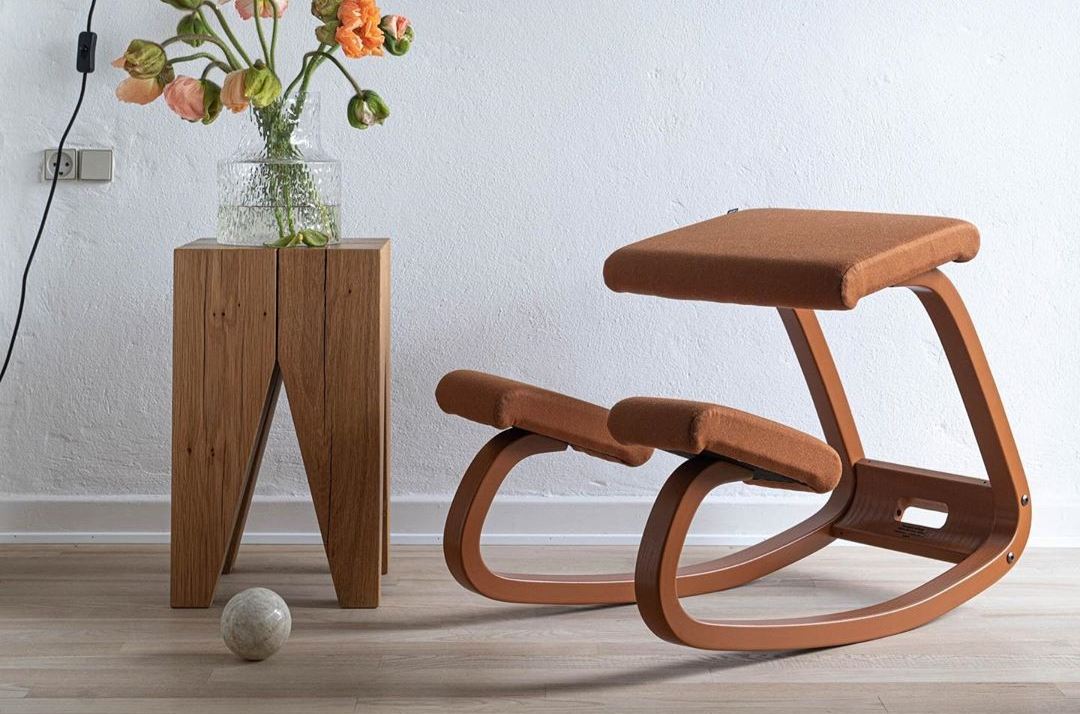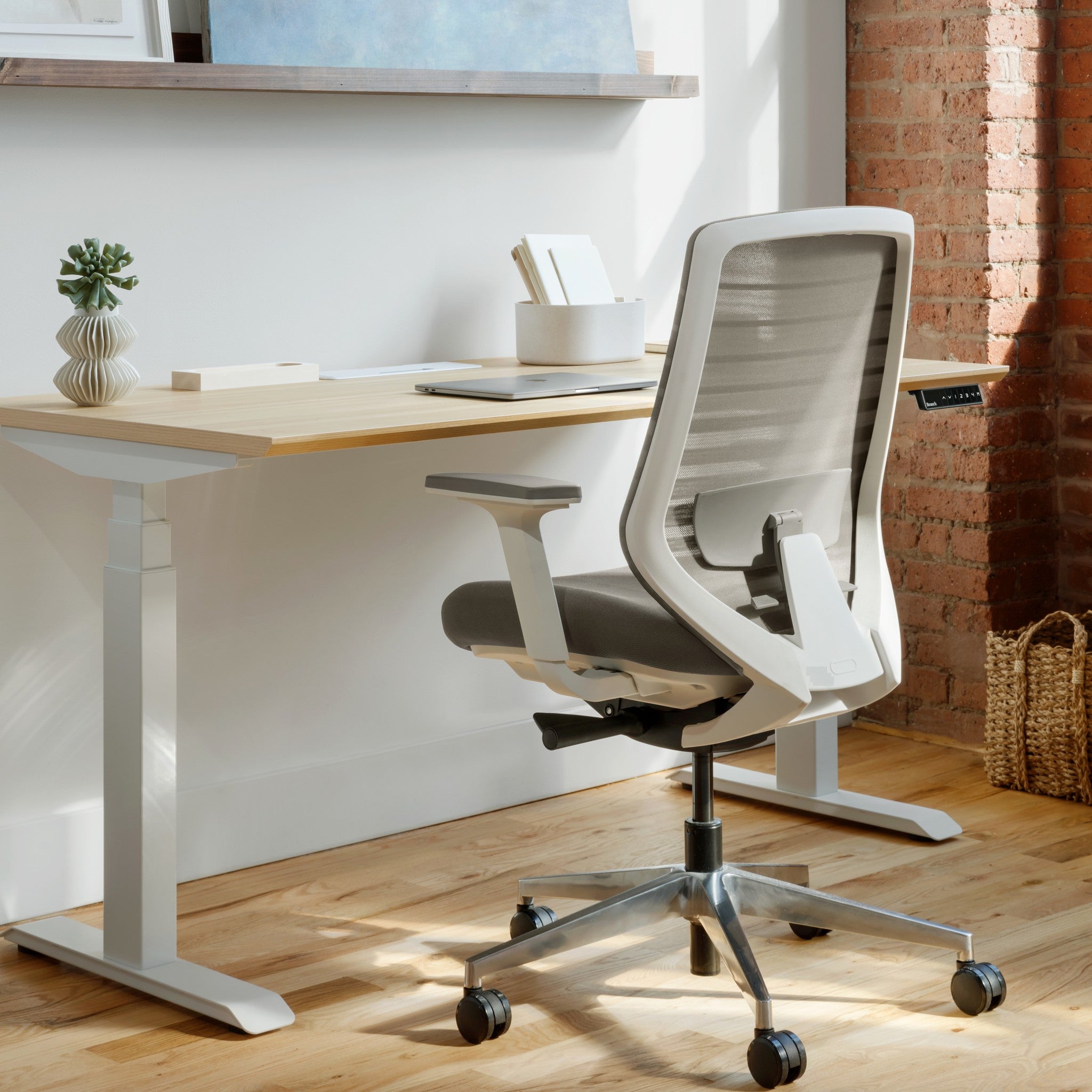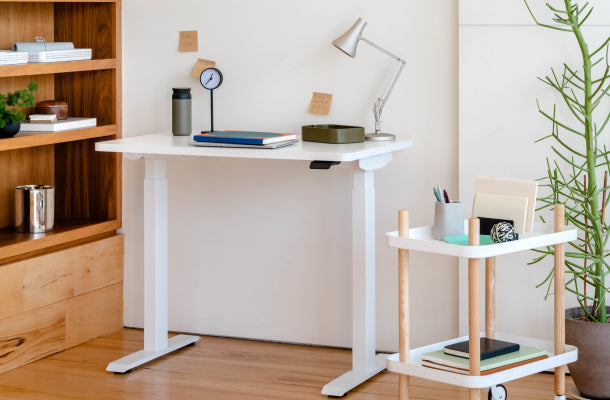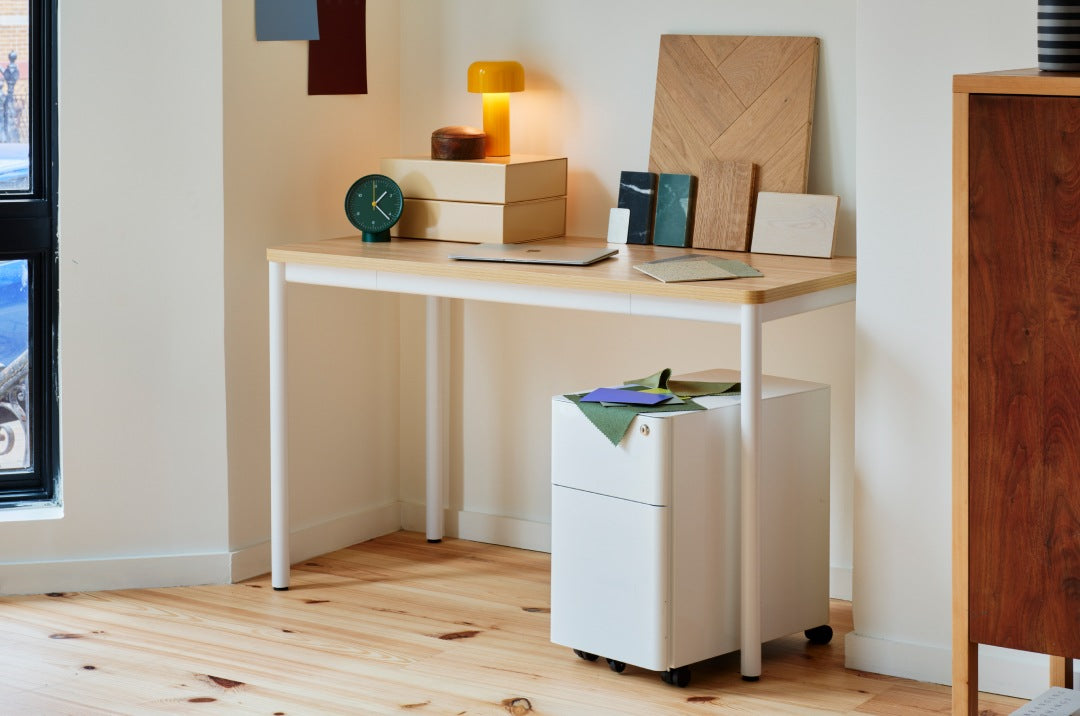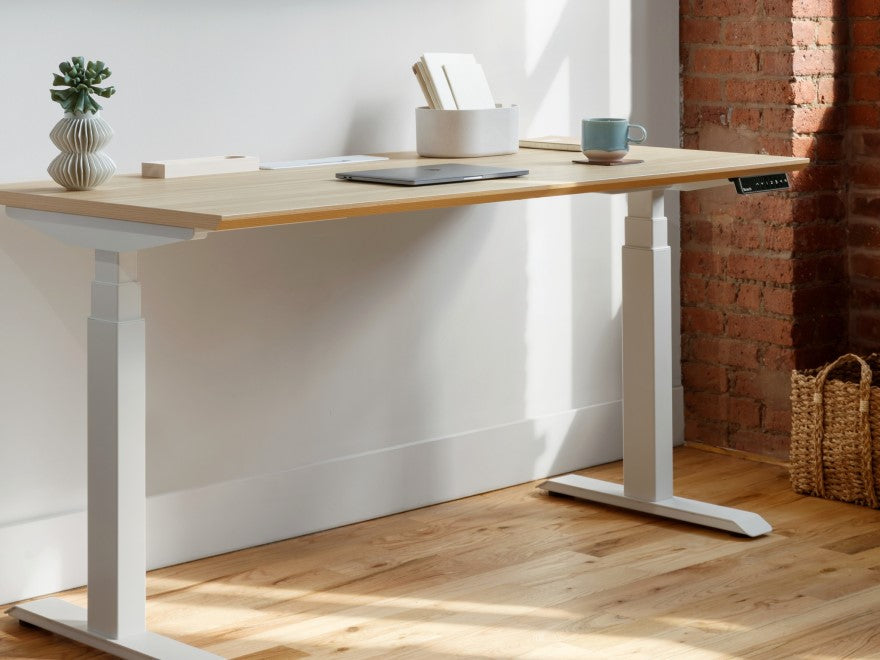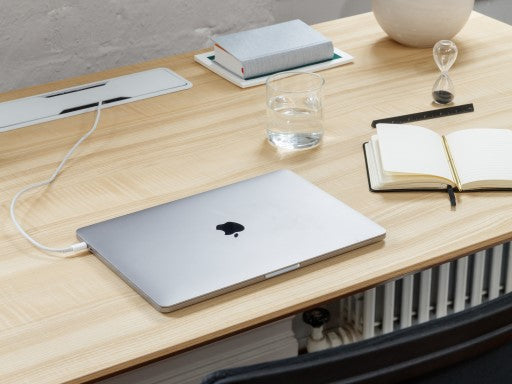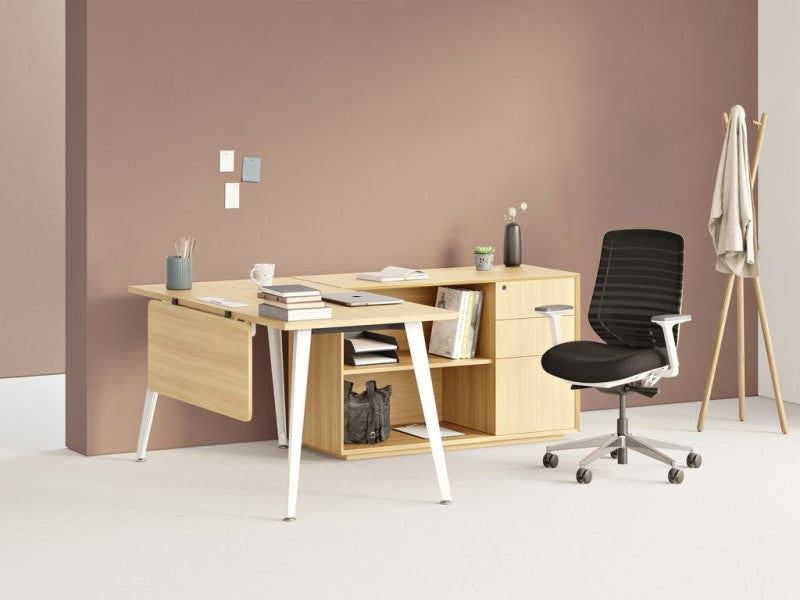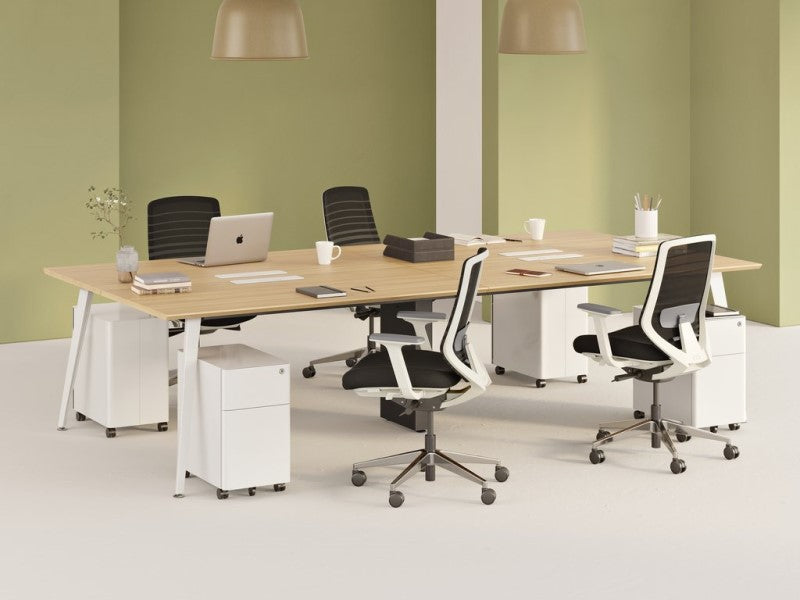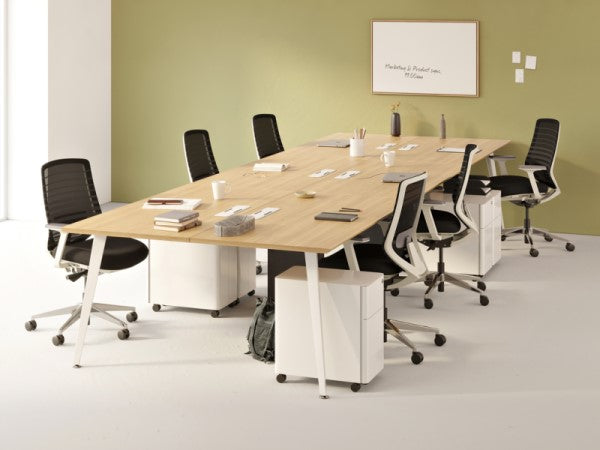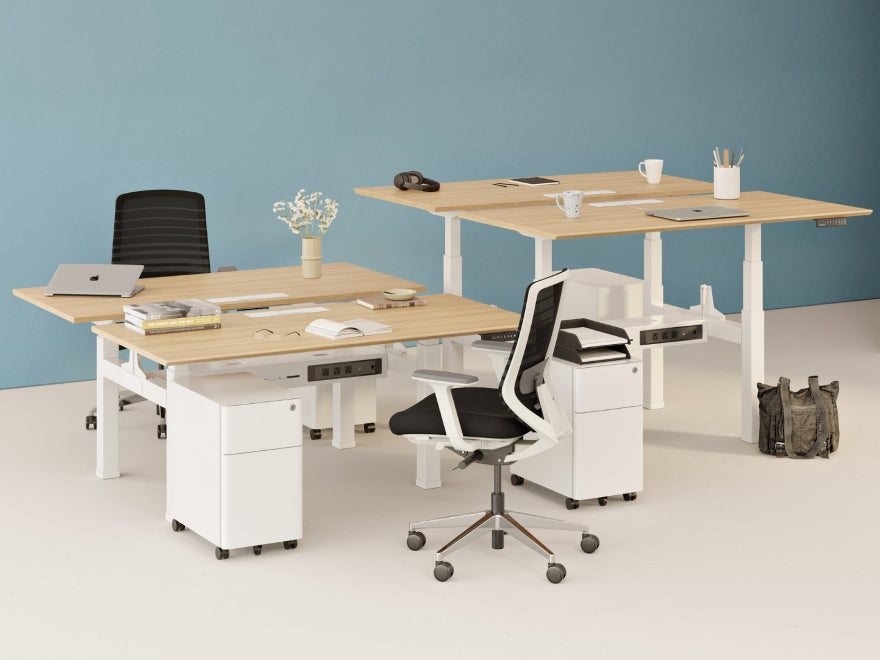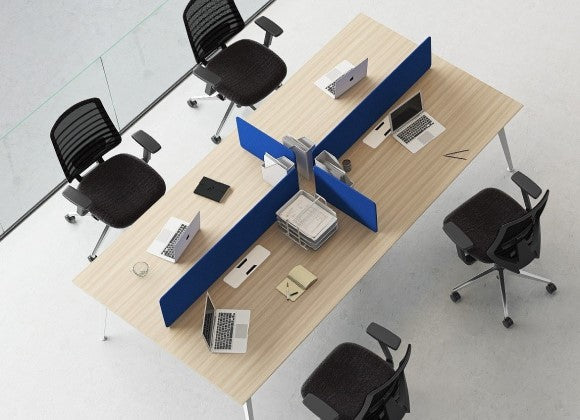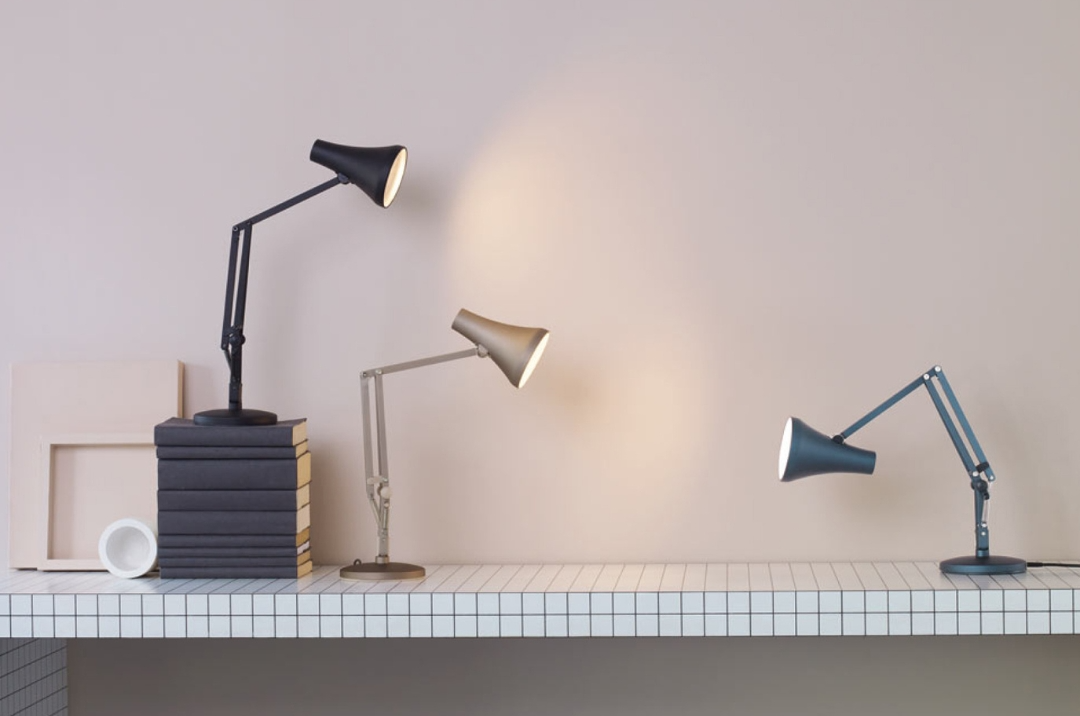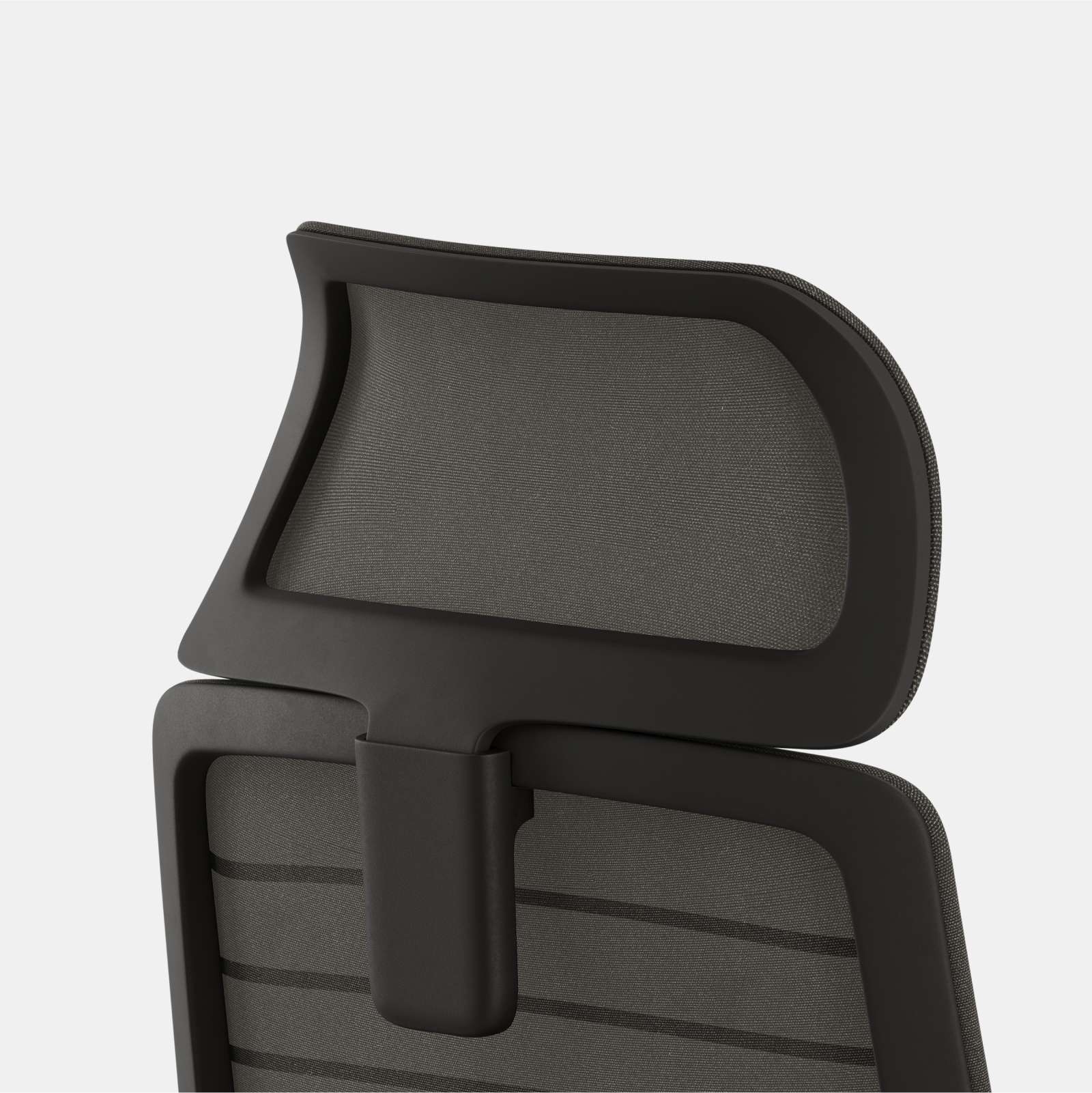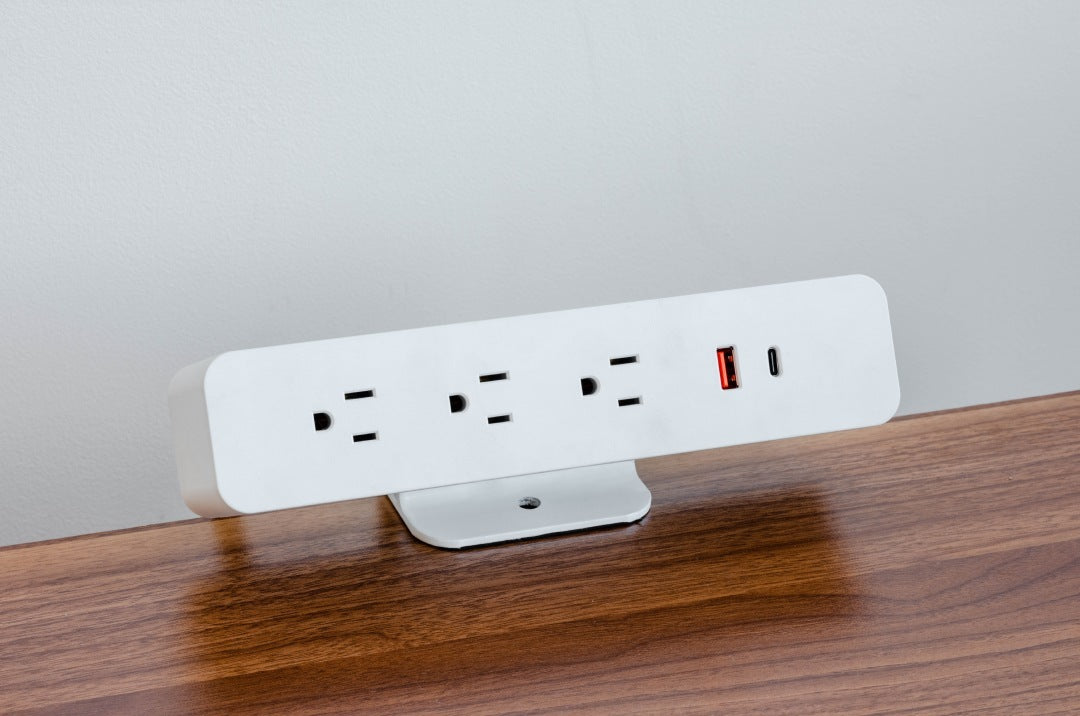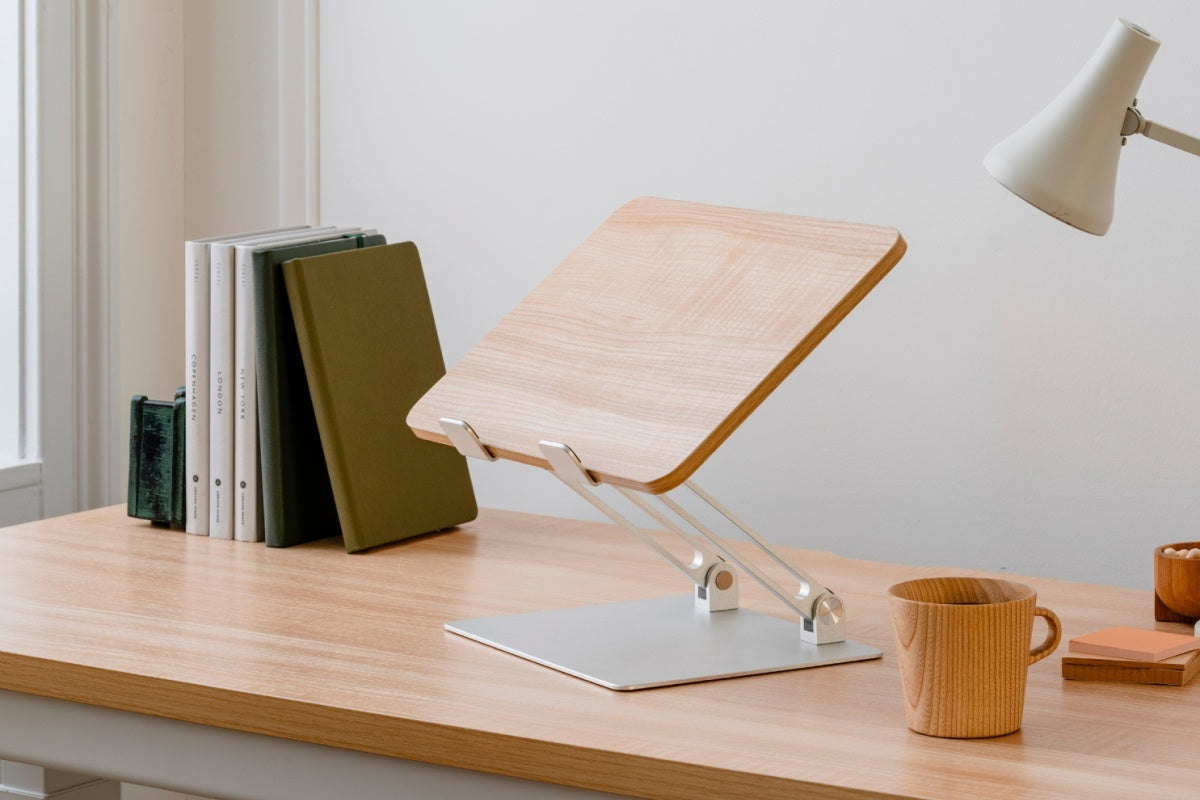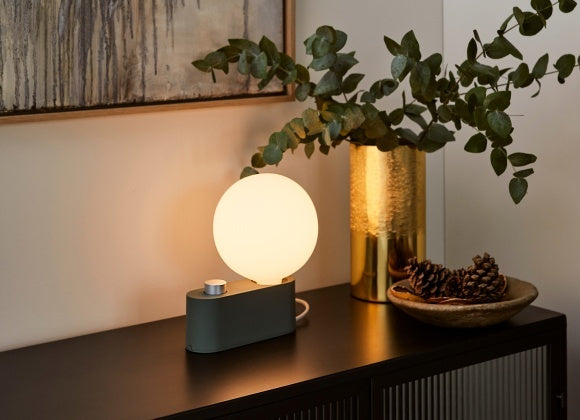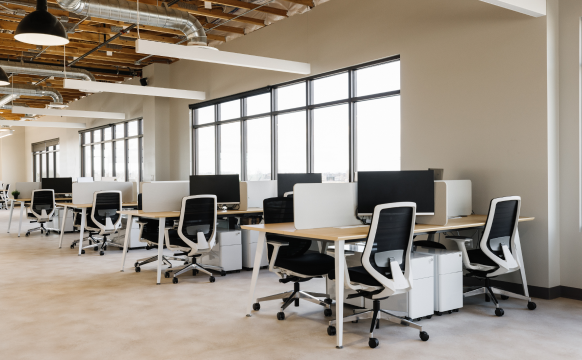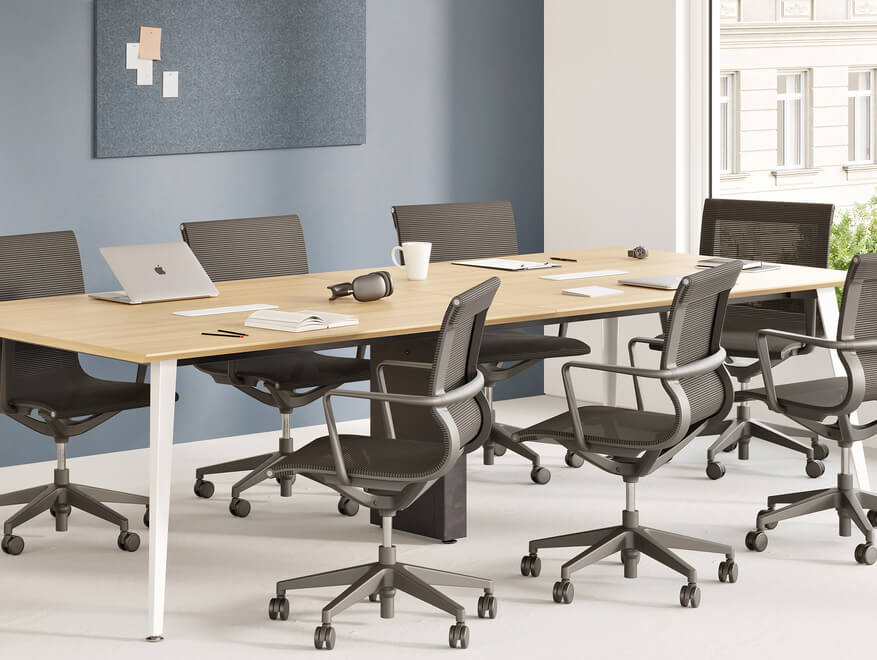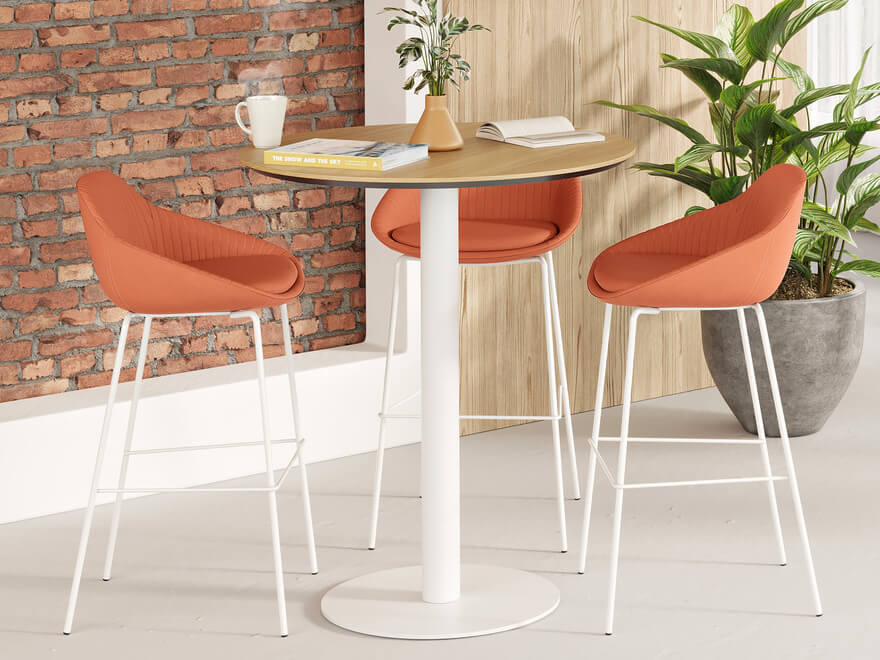Now that you have the basics, how do you practically adjust your monitor for maximum comfort? It might seem like a meticulous process, but a few simple adjustments can make a world of difference.
Use a Stand or Mount: If your monitor isn’t naturally at the correct height, an adjustable monitor stand or mount can easily remedy this. Look for options that offer smooth height adjustments and can be tilted to get the perfect angle.
Sit or Stand Up Straight: Before you start making changes, ensure your own posture is correct. Whether seated or using a standing desk, your spine should be aligned, and your feet should rest flat on the ground (or on a footrest).
Tweak the Screen Settings: Sometimes, it's not just the height but also the brightness, contrast, and font size that can affect your comfort. Tailor these settings to your preference for an enhanced visual experience.
Angle Your Monitor Slightly: Position your screen to be tilted back at a slight angle, somewhere between 10 to 20 degrees. This is our eyes' natural inclination when we look forward, making it a more comfortable viewing position, especially when you've ensured the monitor's top is at or below eye level.
Remember, personal comfort can vary. It's essential to listen to your body and adjust accordingly. Regular breaks, combined with an ergonomically adjusted monitor, will ensure that your workdays are both productive and pain-free.

